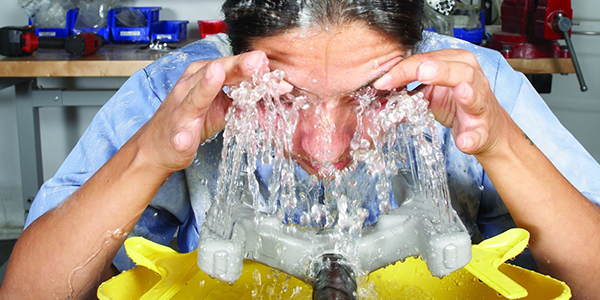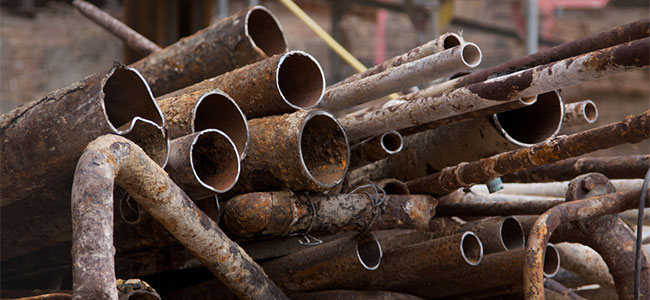
Software can be a primary tool in not only providing real-time insights and alerts into safety performance, but also in reinforcing and expanding an organization’s safety culture.
A new program aims to rein in the mounting rate of on-the-job drug overdoses.

Gear up your worksite’s emergency safety equipment to confirm compliance, maximize effectiveness and ensure the greatest protection for employees.

From on-demand testing to tele-health features, technology is enhancing hearing conservation programs and offering solutions tailored to today's hearing protection challenges.

The company now faces $272,792 in proposed penalties.

The organization aims to educate workers and reduce their exposure to lead hazards.

The virtual event will focus on post-pandemic workplace safety.

The report highlights technology and culture as key to closing the safety performance gap.

State safety regulators seek stakeholder feedback on draft changes to fall protection rules.

The lack of machine guarding and safety procedures resulted in amputation injuries.